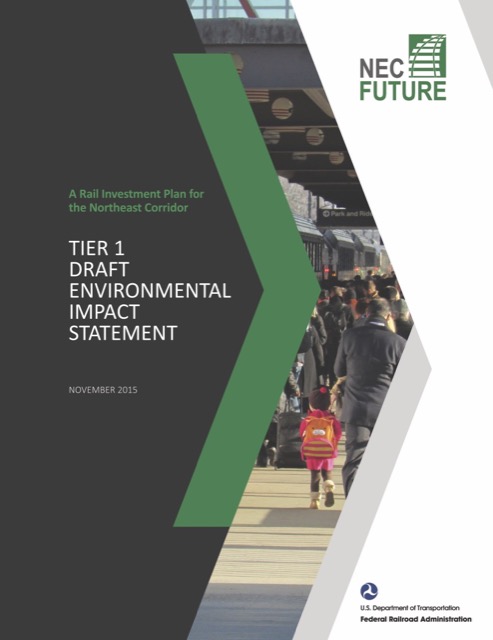The Antiplanner recently had the privilege of meeting Amtrak’s new president, Wick Moorman. He is a charming guy who has impressive managerial skills that allowed him to rise to be CEO of Norfolk Southern, one of America’s largest railroads. Those are probably the talents that Amtrak needs right now.
Since we both love trains, we have a lot in common so we agreed to simply ignore our disagreements on the future of passenger trains. I did tell him that, if he were an efficient manager, he would kill Amtrak’s worst-performing train, the Los Angeles-New Orleans Sunset Limited, but I knew he couldn’t do it for political reasons. So I was chagrinned to read that, not only is he not proposing to cut it, he wants to extend it to Orlando, Florida.
The Sunset Limited was originally a Southern Pacific train and starting in 1894 it went all the way from San Francisco to New Orleans. Passengers could take a steamship from New Orleans to New York and arrive just about as quickly as taking a train. In 1930 the train was cut to Los Angeles-New Orleans, and San Francisco passengers would have to change trains in L.A., which probably wasn’t a huge inconvenience.








